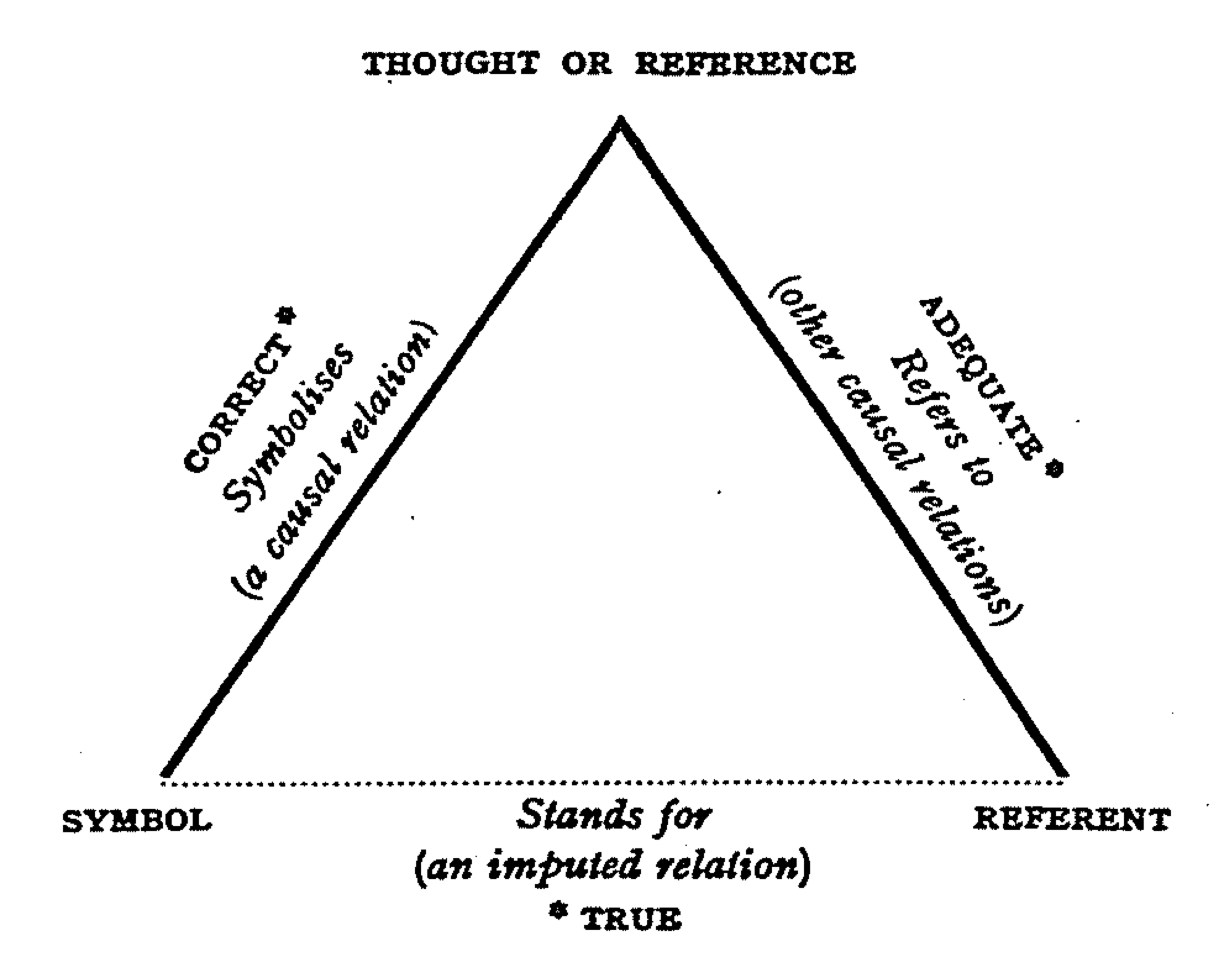Michael Elmgreen born 1961; Copenhagen, Denmark and Ingar Dragset born 1968; Trondheim, Norway are a collaborative duo of visual artists.They live and work together in Berlin, Germany. They are known for work which has wit and subversive humour, and which looks at serious cultural concerns.[1]Elmgreen and Dragset met in 1995 and moved to Berlin in 1997, where they converted a large 100m2 building into a home and studio.[2] Their exhibitions include transforming the Bohen Foundation in New York into a 13th Street Subway Station in 2004, siting a Prada boutique in the middle the Texan desert in 2005, and their The Welfare Show in 2006 at Serpentine Gallery, London, and the Power Plant Contemporary Art Gallery, Toronto, which was critically acclaimed.[1][3][4][5] They won the German Government’s competition in 2003 for a memorial in Tiergarten park in Berlin, in memory of the gay victims of the Nazi regime, which was unveiled in May 2008.[6][7] In 2011 their design Powerless Structures, Fig.101 won a famous annual competition to be displayed on the fourth plinth of London’s Trafalgar Square.[8]
via Elmgreen and Dragset – Wikipedia, the free encyclopedia.




